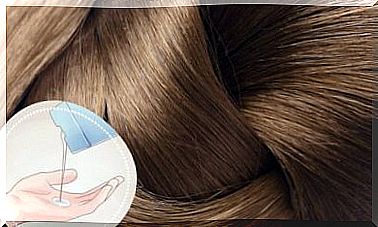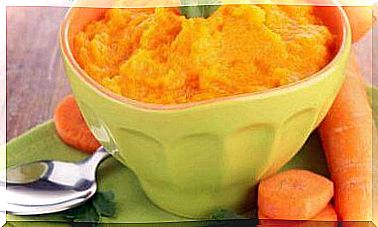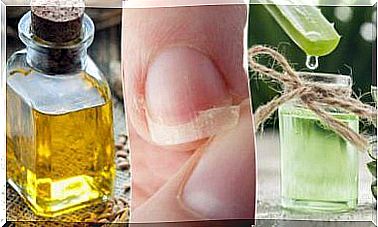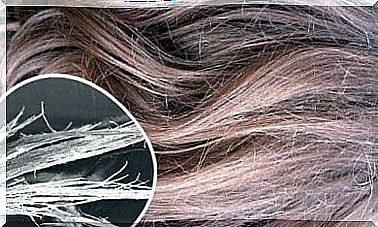Cheese And Coconut Rolls, A Very Simple And Gluten-free Recipe
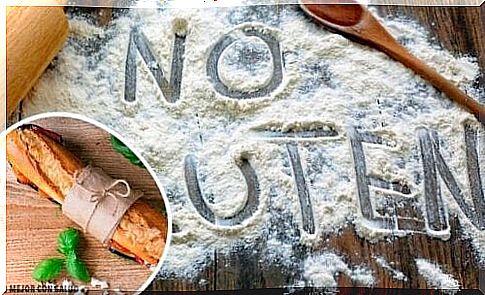
Many people are looking for gluten-free recipes, especially different types of bread, as they are usually not easy to make. However, this recipe for cheese and coconut rolls is a very simple recipe that is completely free of this protein.
Discover how to prepare tasty and juicy cheese and coconut rolls in this article.
Who should eat a gluten-free diet?
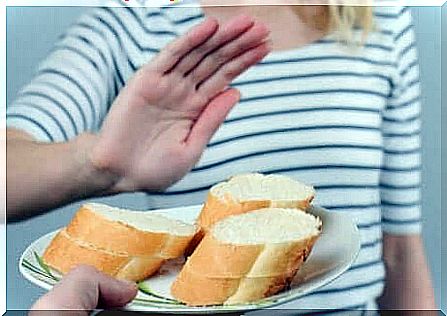
Gluten is a protein that is present in some grains : wheat, rye and barley. When it comes to oats, there are various theories as to whether it contains gluten.
People with celiac disease can not eat foods that contain gluten or anything that may be contaminated with trace amounts. Depending on the sensitivity of the person, this can affect them to a greater or lesser degree.
However, there are people who suffer more and more from intolerance to wheat or gluten without having celiac disease, which is why they choose to eliminate this protein from their diet. These rolls are a delicious, simple and healthy alternative to replacing wheat bread with a gluten-free alternative.
Cheese and coconut rolls
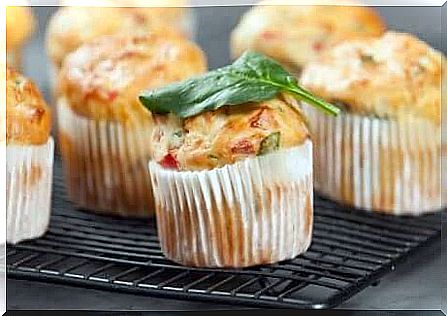
Discover the ingredients and steps you need to follow to prepare these simple and quick cheese and coconut rolls.
Ingredients
To prepare cheese and coconut rolls, you need the following ingredients:
- 3 eggs
- 360 g cassava starch
- 80 g grated coconut
- 250 g soft or meltable cheese
- 110 g sunflower, olive or coconut oil
- 200 ml coconut or rice milk
- 1 tablespoon sea salt (10 g)
Some clarifications
Before we start preparing this recipe, we want to make some clarifications:
- These rolls do not require any yeast, since cassava starch has the ability to raise the bread.
- The secret lies in controlling the oven temperature.
- Cassava is a very common tuber in many countries in Latin America. However, we can find the starch in powder form at several grocery stores around the world. Sometimes we can see that there are two types: a sweet and a sour variant, in which case we use the first.
- If we want this recipe to be lactose free, we can replace the cheese with 160 g of coconut pulp.
- We can also add some spices to taste, such as smoked peppers, garlic powder, cayenne pepper, oregano, etc.
- This recipe is very easy to prepare, since it is not necessary to knead or leave the dough to ferment. For our convenience, the fastest method will be through a blender, where we can mix all the ingredients.
Elaboration
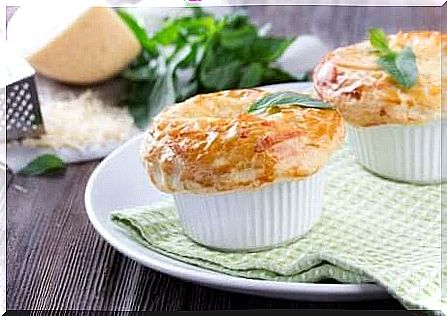
To prepare these cheese and coconut rolls, follow these steps:
- Preheat the oven to 210 ° C, with only bottom heat. This step is important for the loaves to rise from the first moment you put them in the oven.
- The first ingredient to whisk is the eggs.
- Then add oil, milk and salt in this order. Mix well.
- Furthermore, you add the grated cheese so that it can also be well mashed.
- Finally, you should gradually add the coconut mass and cassava starch until all the ingredients are well mixed and integrated.
- The result must be a fairly liquid dough, which may surprise you. However, this must be the case for them to be cooked well.
- Empty the dough into individual shapes, such as muffin tins. We recommend using silicone molds that you have lubricated with oil.
- Put the molds in the oven and let them bake at 210 ° C on bottom heat for 20 minutes. At this time we will be able to see, without opening the oven, how the rolls are raised quickly.
- Furthermore, you must activate the superheat and cook for another 20 minutes. This step is important for baking the tops of the loaves so that they do not sink when taken out of the oven.
- When you take the molds out of the oven, separate the rolls from the mold so that they do not get damp. Let them cool a bit, although we recommend eating them freshly baked.
If the rolls are well cooked and cooked, they should be round and empty inside. We can eat them like this, or fill them with what we want.

